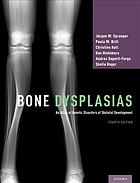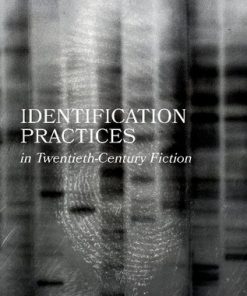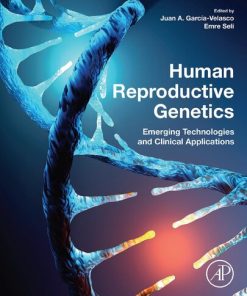Forensic genetic approaches for identification of human skeletal remains : challenges, best practices, and emerging technologies 1st Edition Angie Ambers
$50.00 Original price was: $50.00.$25.00Current price is: $25.00.
Forensic genetic approaches for identification of human skeletal remains : challenges, best practices, and emerging technologies – Ebook Instant Download/Delivery ISBN(s): 9780128157664,9780128163696,0128157666,0128163690
 Product details:
Product details:
- ISBN-10 : 0128157666
- ISBN-13 : 978-0128157664
- Author(s): Angie Ambers
Forensic Genetic Approaches for Identification of Human Skeletal Remains: Challenges, Best Practices, and Emerging Technologies provides best practices on processing bone samples for DNA testing. The book outlines forensic genetics tools that are available for the identification of skeletal remains in contemporary casework and historical/archaeological investigations. Although the book focuses primarily on the use of DNA for direct identification or kinship analyses, it also highlights complementary disciplines often used in concert with genetic data to make positive identifications, such as forensic anthropology, forensic odontology, and forensic art/sculpting.
Unidentified human remains are often associated with tragic events, such as fires, terrorist attacks, natural disasters, war conflicts, genocide, airline crashes, homicide, and human rights violations under oppressive totalitarian regimes. In these situations, extensive damage to soft tissues often precludes the use of such biological samples in the identification process. In contrast, bone material is the most resilient, viable sample type for DNA testing. DNA recovered from bone often is degraded and in low quantities due to the effects of human decomposition, environmental exposure, and the passage of time. The complexities of bone microstructure and its rigid nature make skeletal remains one of the most challenging sample types for DNA testing.
Table contents:
1. Missing persons and unidentified human remains: The world’s silent mass disaster
2. Challenges in forensic genetic investigations of decomposed or skeletonized human remains: Environmental exposure, DNA degradation, inhibitors, and low copy number (LCN)
I. Guidelines and best practices for handling and processing human skeletal remains for genetic studies
II. Types of DNA markers and applications for identification
III. Traditional platforms, alternative strategies, and emerging technologies for DNA analysis of human skeletal remains
IV. Analysis of genetic data recovered from skeletonized human remains
V. Complementary and multidisciplinary approaches to assist in identification of unidentified human skeletal remains
People also search:
forensic genetic approaches for identification of human skeletal remains
forensic identification methods
what is forensic identification
what is an example of forensic identification
forensic anthropology identification process
forensic genetic genealogical dna analysis and searching
You may also like…
Uncategorized
Politics & Philosophy - Social Sciences
Research Integrity: Best Practices for the Social and Behavioral Sciences
Engineering
Performance and Security for the Internet of Things: Emerging Wireless Technologies Haya Shajaiah
Biology and other natural sciences - Genetics
Human Reproductive Genetics: Emerging Technologies and Clinical Applications 1st Edition







![Ortner's identification of pathological conditions in human skeletal remains 3rd. Edition [Edited By] Jane E. Buikstra](https://ebookmass.com/wp-content/uploads/2024/04/ortners-identification-of-pathological-conditions-in-human-skeletal-remains-49116142-247x296.jpg)




